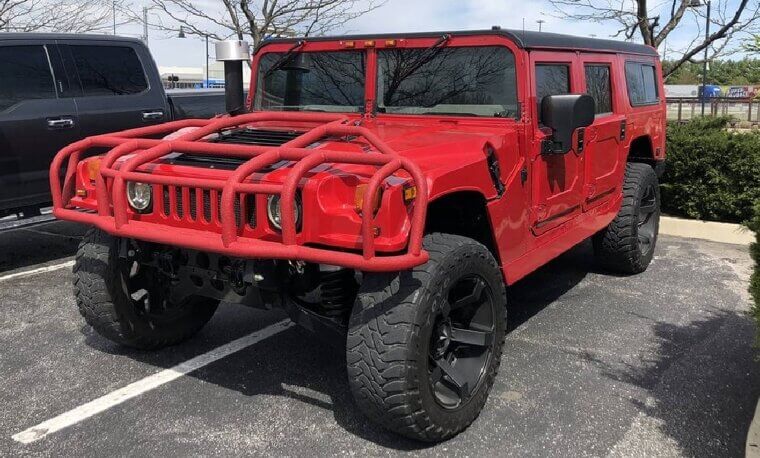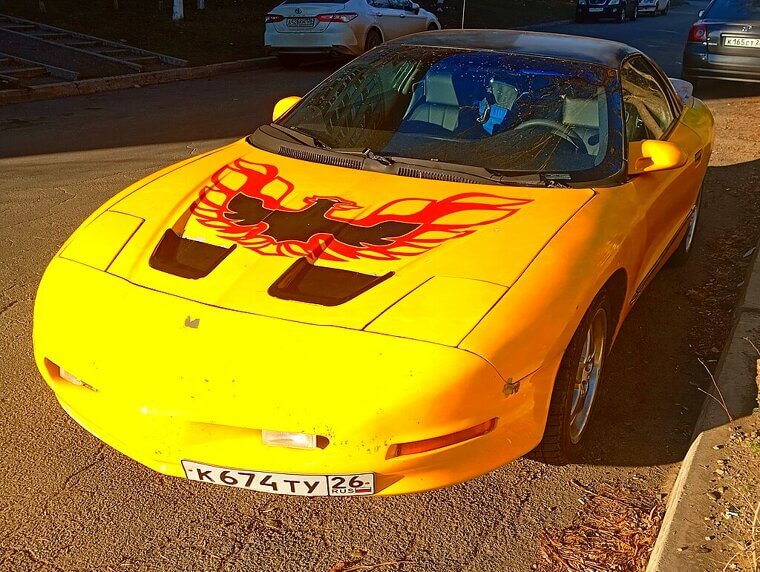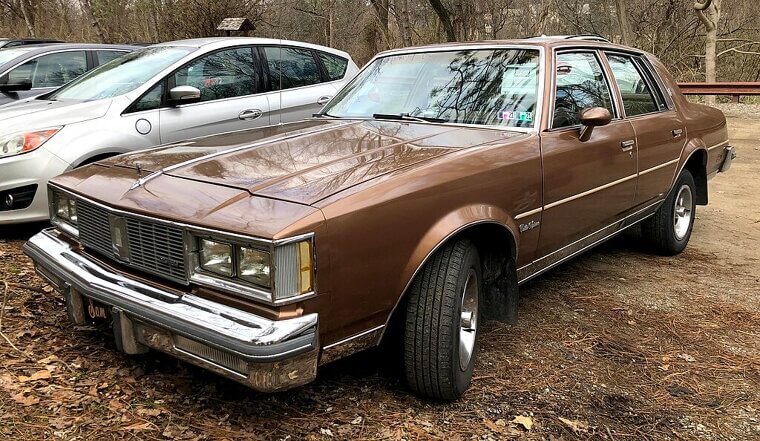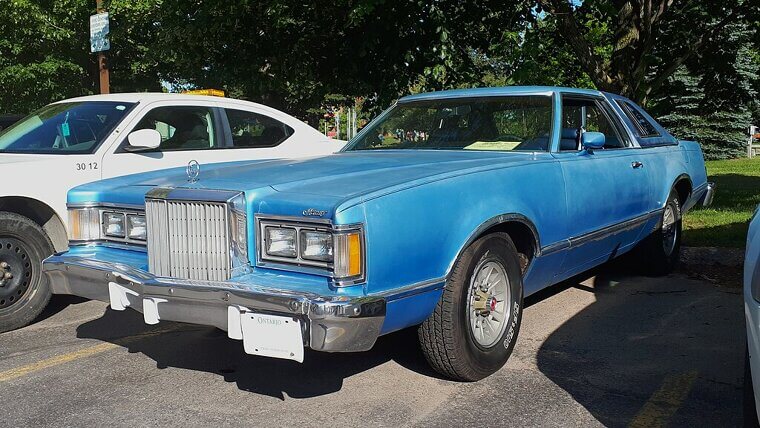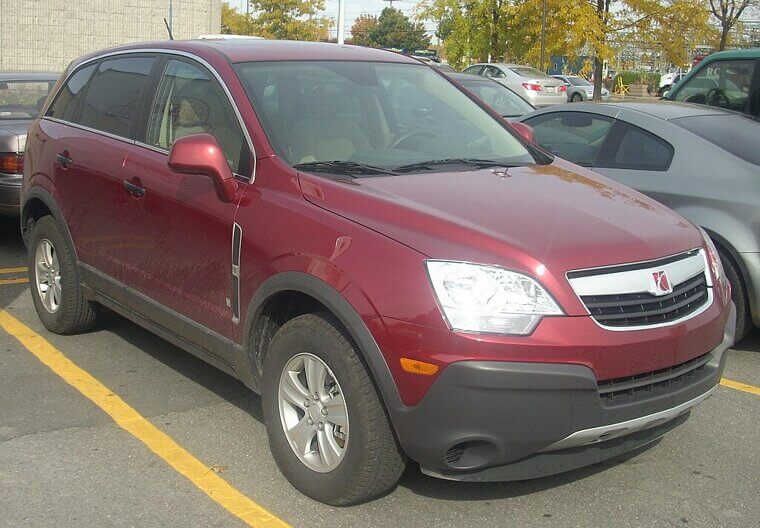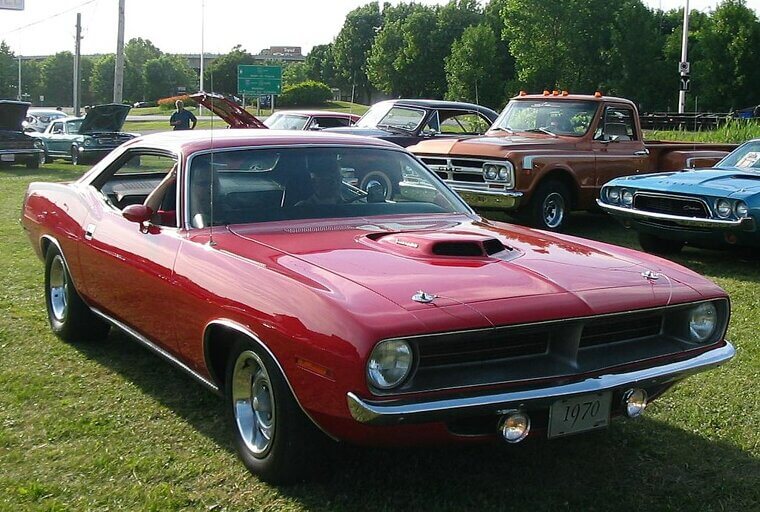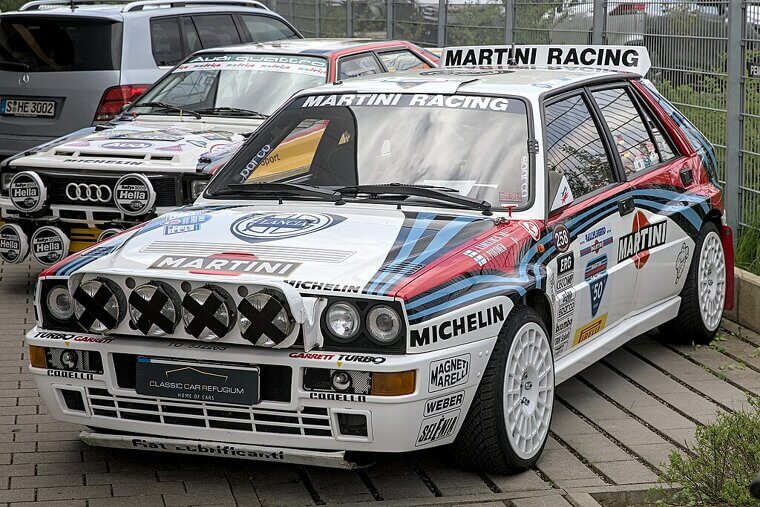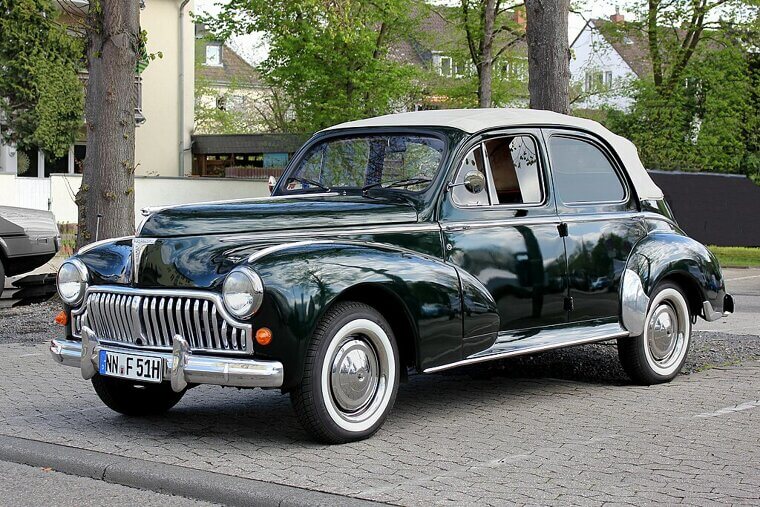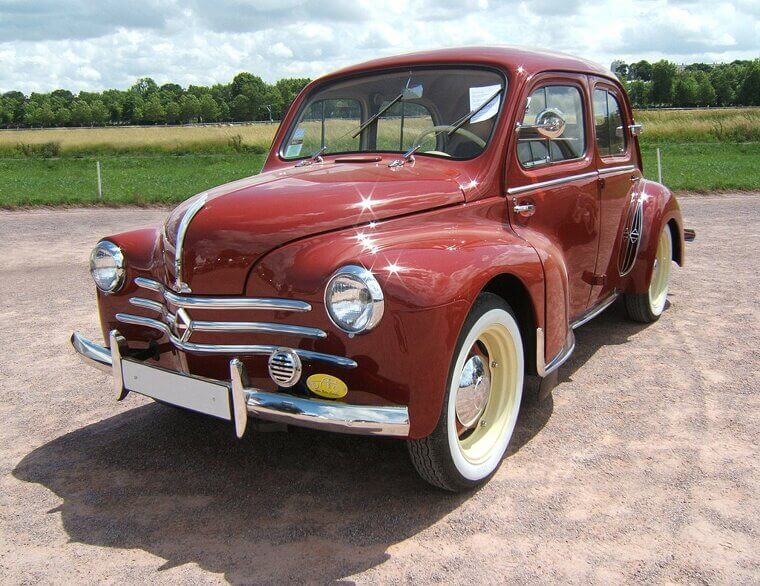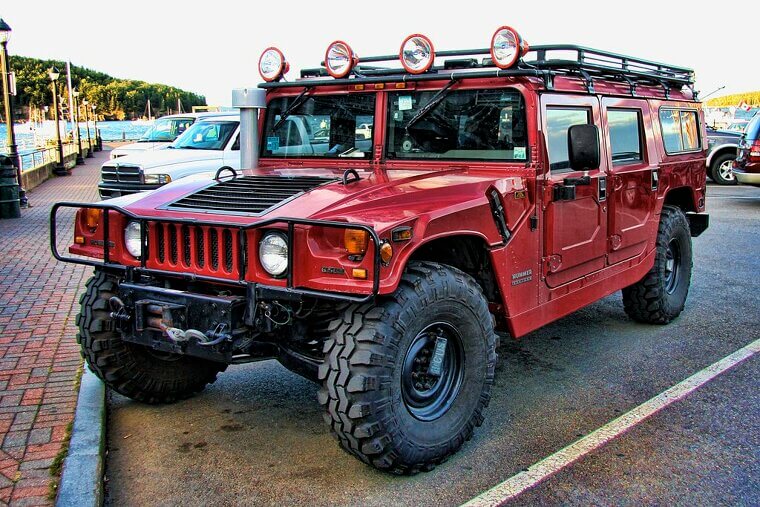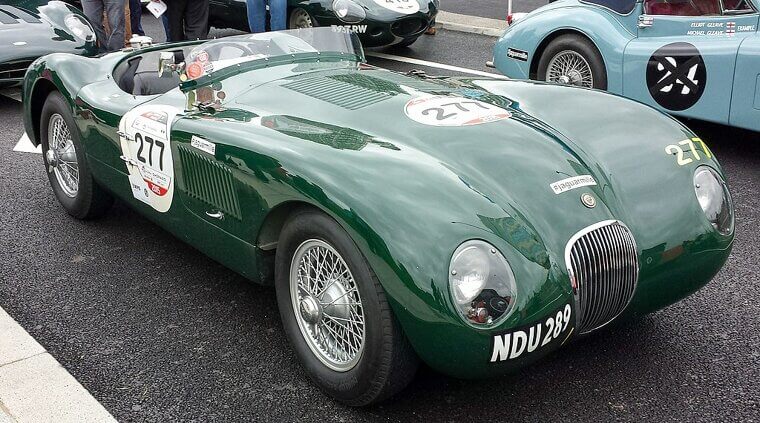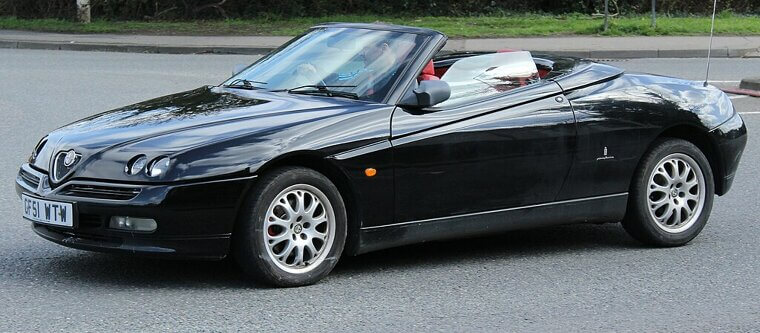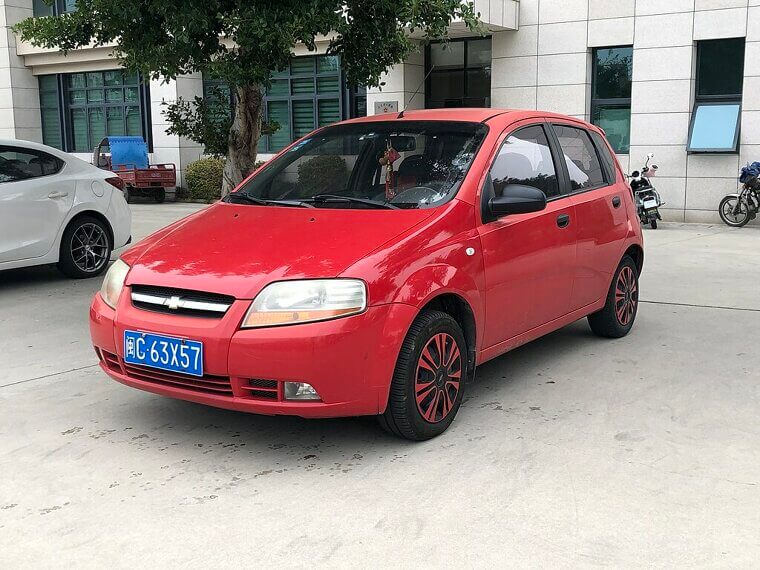What Happened to These Once-Beloved Car Brands?
Some car brands once stood for innovation, reliability, and status. They built their reputations on iconic models and loyal customers. But somewhere along the line, things changed. Whether it was poor design choices, bad business moves, or falling behind in technology, these brands lost the edge that once made them great. Here's a look at the automakers that had it all - and let it slip away.
Saab
In their best days the quirky Saab brand used to have a strong image: they were making safety features before it was cool, spearheading turbocharge technology and utilizing aerospace techniques (they used to make jets). Alas, GM took over and squeezed their identity away. It went bankrupt in 2011.
Pontiac
There was a time when Pontiac were a sporty muscle car manufacturer selling vehicles to younger drivers with a need for speed and aesthetic aggression such as the Firebird, Trans Am and GTO. They fell into GM’s ownership, and it axed Pontiac in 2010.
Oldsmobile
Oldsmobile marketed its classy and reliable cars towards mature drivers, and created the first mass-produced automatic transmission - the Hydra-Matic. It was established in 1897, but its reputation as a “grandpa” brand worked against it; GM finished the job, muddying Oldsmobile’s identity and canning it in 2004.
Mercury
A nice middle distance between Ford and Lincoln, Mercury offered affordable luxury with a little style thrown in - its cars such as the Cougar and Marauder had personality! Unfortunately it couldn’t distinguish itself from Ford enough, and the Mercury went under after years without innovation.
Saturn
Following its 1985 launch, Saturn became known for its advanced plastic body panelled vehicles, reliability and innovation… but GM didn’t invest deeply in it. Saturn became indistinct, and its final successes came too late to save it from its 2010 departure.
Plymouth
If you wanted affordable and performant muscle cars in the 1960s and ’70s, you went to Plymouth - the brand behind classics such as the Duster, Road Runner and Barracuda! It became boring and didn’t know who it was anymore, relying on rebadged Chryslers to survive. Plymouth went under in 2001.
Daihatsu
Japanese brand Daihatsu’s tiny but solid trucks hit U.S. shores in the late 1980s to spread cheerful joy. Sadly, between a lack of dealership networks and the brand’s quirky style, Americans weren’t receptive. Toyota took control and pulled it from the U.S. but it still exists globally.
Isuzu
When it comes to rugged reliability and solid engines, Isuzu - the brand behind the Rodeo and Trooper - was the way to go. It built engines for Honda and GM before the latter absorbed it, and poor Isuzu became another casualty of identity theft. It doesn't make cars now, but still cranks out trucks!
Lancia
Luxury, mechanical genius and a sleek Italian style - Lancia had it all! It even had rally success with its AWD icon, the Delta Integrale. After the ’80s, Fiat took over and started churning out stinkers with reliability issues. It's been quiet for a while, but there’s talk of a comeback.
Peugeot (especially in North America)
Peugeot was known for quirky, French designs and comfortable, spacious wagons, but it had trouble landing sales in North America. A lack of dealership connections, reliability issues in the cold climate and abysmal parts availability led to a retreat from the region in 1991.
Rover
Offering solid British engineering with pioneering gas turbines and crash safety, Rover had upper-class charm but its identity shifted into an unrecognizable mess. It started to turn things around with the Rover 75, but by then it was too late; it hasn’t been seen since 2005.
MG
Characterful, lightweight and nimble were all hallmarks of MG’s affordable sports cars, but they weren’t without issues. Reliability concerns plagued its models and it struggled to keep up with modern markets. Although MG died in the UK, Chinese firm SAIC snapped it up.
Renault (in the U. S. Market)
Innovative French brand Renault used to be one of the biggest global carmakers and created vehicles for motorsports before it partnered up with AMC in the ’80s. Tragedy followed, including the murder of Renault’s CEO; market sales plummeted, and Renault pulled out of the U.S. It hasn’t been back since.
Hummer
Hummer’s H1 and H2 SUVs were macho, tank-like beasts with military DNA, offroad flexes and 2000s status symbol starpower. However, they were also thirsty beasts, and chugged gas like there was no tomorrow. Environmental concerns nipped Hummer in the bud, and GM kicked it to the curb in 2010.
Fiat (particularly in the U. S. )
Fiat’s cars were small and zippy little things, but poor reliability (and Fix It Again Tony jibes) saw the brand retreat from the U.S. market in the ’80s. It tried again in 2011, following the Fiat-Chrysler merger, but market changes made buyers unresponsive, leading to another retreat.
Chrysler
Chrysler was one of the Big Three car manufacturers and boasted the Imperial and 300 in its lineup. It innovated in turbocharged oddities and the minivan, but an unsuccessful merger with Daimler-Benz (Mercedes) and a cash grab by Cerberus Capital left Chrysler struggling - now it exists as a Fiat-owned shadow of its former self.
Jaguar (quality Control Era)
Vehicles with elegant British beauty and a Le Mans racing heritage gave Jaguar road clout, but like a pedigree cat they were prone to health problems that were expensive to treat. It slowly lost its identity, and while it still struggles to be modern, it’s alive under Tata Motors.
Alfa Romeo
Sweeping curves and passion were Alfa Romeo’s signature, and its Alfa Spider had pop culture representation thanks to its appearance in “The Graduate.” Alfa Romeo’s vehicles proved to be unreliable rust magnets, and despite improvements over time it still has a stained reputation today.
Suzuki (in U. S. Market)
You’re probably more familiar with its bikes, but Suzuki also made cars such as the Samurai and XL-7 - resilient off-roaders on a budget. Rightly or wrongly, the Samurai was involved in a “rollover scandal” which damaged Suzuki’s reputation; although it has a global presence, it left US markers in 2012.
Daewoo
Targeting students and other buyers on a budget, Daewoo’s offerings were promising and decent enough, but it collapsed under the weight of its own ambitions. It overreached financially, and GM quietly rebranded it. If you drive a Chevy Aveo, you’re haunted by Daewoo’s ghost.

